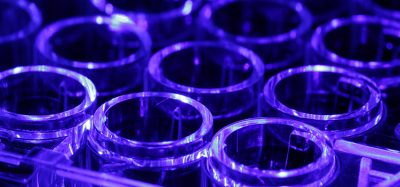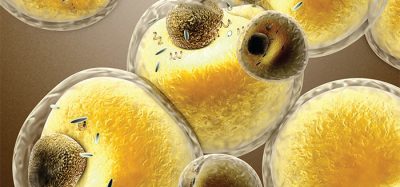The benefits of lab automation in life sciences
Posted: 22 June 2021 | Dr Ian Holland (University of Edinburgh) | No comments yet
While researchers conduct their studies, constraints such as time can impact their work. Dr Ian Holland from the University of Edinburgh spoke with Drug Target Review’s Deputy Editor Victoria Rees to explain how lab automation can offer a solution to these challenges and enhance output for scientists.
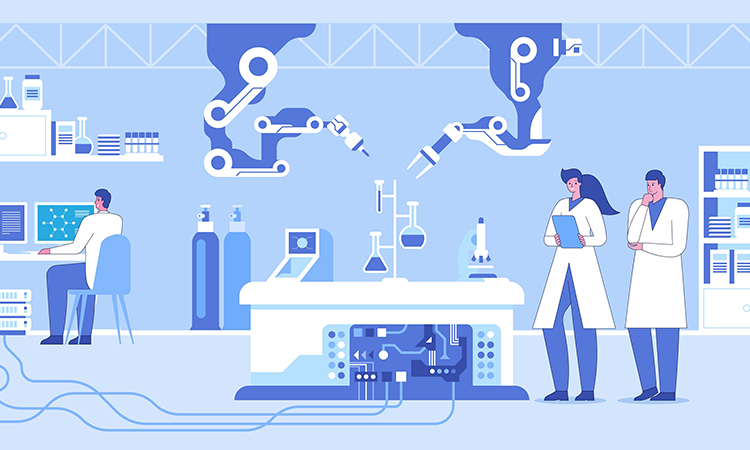
One of the main benefits of automating processes is increasing the efficiency of a lab,” Holland began. “If we can implement automation in a lab to carry out, at least initially, some of the more menial work, that affords researchers more time to increase output.”
Highlighting a fundamental premise of automation, Holland explained that any new equipment does not have to be faster than the manual version – it only has to be able to function by itself to enable the researcher to do other things and come back later.
Having published a paper on the use of lab automation in life science research labs, printed in Frontiers in Bioengineering and Biotechnology,1 Holland elucidated the applications of lab automation, reflecting on where these technologies are headed in the future.
Uses of automation in drug discovery
Holland started by highlighting some of the most frequent uses of lab automation in disease research and drug discovery.
Accuracy and error reduction is a highly beneficial attribute of lab automation”
“Microscopes, for example, are increasingly becoming more automated. Now, most are linked into software, so you can set it up, click ‘go’ and image multiple samples at the same time. This means that a massive area of samples can be imaged over the course of days or even weeks… That is a huge benefit for us in terms of throughput, as we can process many more samples.”
Another common example that Holland described is benchtop equipment, such as pipetting machines. These remove a significant portion of the repetitive tasks that constitute lab work and the increasing affordability of these options means they are becoming far more popular.
“Some equipment, such as the PCR thermocycler, has been around for some time, so it depends how we categorise automation equipment,” said Holland. He proceeded to make a key distinction between pieces that automate manual labour and equipment that completes tasks humans are incapable of doing. “Centrifuges, for example, are still an item of automation equipment, although the equipment does something we could never do safely ourselves.”
Advantages of lab automation
Speaking generally about the life sciences, Holland emphasised that accuracy and error reduction is a highly beneficial attribute of lab automation. Reducing the possibility of human error means that mistakes are less likely to be included into experimental datasets – repetitive tasks are what these machines are built for. This reduction in human error (combined with an increase in efficiency) contributes towards improvements in reproducibility – a key element required in the life sciences sector.
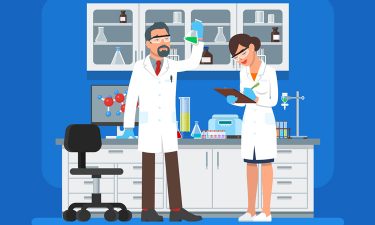 Safety is another crucial benefit of lab automation highlighted by Holland. It is particularly useful for less experienced researchers to have potentially dangerous tasks handled elsewhere.
Safety is another crucial benefit of lab automation highlighted by Holland. It is particularly useful for less experienced researchers to have potentially dangerous tasks handled elsewhere.
A further advantage of utilising automation, particularly in the drug development process, is scalability. Holland explained that “if you have promising findings at the initial stages of the research process, scaling that up into a commercial product is much easier if you have automation involved early on.”
Challenges of automation implementation
One crucial hinderance to the increase of lab automation is cost, according to Holland. It is particularly the case in academic labs, which can often be small scale, with more complex automation equipment unattainable; given that funding often comes via grants from either governments or charities, money does not always stretch to expensive automation equipment.
Holland explained that the difference between industry and academia is a key distinction in the application of lab automation, which is often driven by specialism. “If industry buys a piece of automation equipment, they will have or employ someone specifically to operate that bit of equipment in that factory or clinical lab. Whereas in academia, we have projects that require a broader range of knowledge,” said Holland. “In general, the specialism of a lot of people within a life science lab is biology, so they will have to train to use a piece of lab automation. Due to the prevalence of short-term research contracts, they are also unlikely to remain in the same lab for an extended period.” Consequently, academia cannot engage in the growth of lab automation to the same extent as industry.
Taking a broad view, Holland observed that justifying the purchase of lab automation in drug discovery can be challenging due to the many unknown variables. When beginning research, scientists often investigate unidentified or unspecified variables, making it difficult to identify which piece of equipment is required. Alongside the significant costs involved, it is clear to see why there are barriers to such investment.
It will become about hybrid laboratories, whereby there is a lot more engineering and a lot more life science sitting alongside each other”
Furthermore, space can present an issue. In older buildings, there is sometimes simply not sufficient room to store large pieces of machinery. While newer facilities are becoming more usual, Holland explained that these labs can also get rapidly filled up with equipment, meaning they still have something in common with smaller labs.
“If you want to buy a piece of automation equipment, it is going to sit on a lab bench and take up a lot of space that could be utilised by researchers or for teaching purposes,” he said. However, he emphasised that space is increasingly taken into account with new pieces of automation equipment. “I think designers of automation equipment are realising that smaller spaces are becoming more of an issue.”
Role of AI
“The use of software and artificial intelligence (AI) is also becoming far more integrated,” said Holland. He explained that having experiment results analysed by AI can be a highly useful aspect of automation.
For example, robot scientists can conduct their own experiments and analyse the results with AI, deciding on the next steps themselves. Another application is for cell cultures, where AI can examine the growth rate and feed back into parameters.
“At the moment, I think it is mainly at the research stage,” said Holland. “It is limited to top‑end automation, but inevitably will filter down.”
Future technologies and trends
In terms of the growth of lab automation, Holland said he thinks more researchers will be reliant on it in the future. “I would say the main trend that we will see is benchtop equipment being used by life scientists,” he said. “By that I mean equipment that is capable of doing a protocol they would normally have to do by themselves.”
Another trend that Holland envisaged becoming more common is modular; “I think we are going to see more modular automation,” said Holland. For example, this could be an automatic robot that visits different stations with the same base unit, with each unit performing a different aspect of the experiment. This is highly beneficial, Holland explained, because if labs do not want a particular module, then they do not need to buy it.
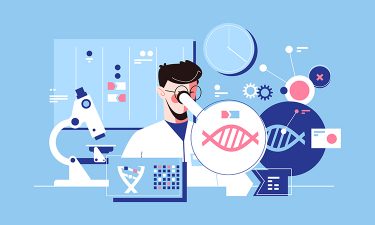 “There are also companies developing software to link sometimes separate items of automation – ie, from different companies, which is a good thing,” said Holland. “So you do not have to source equipment from a single vendor… I think increasingly there will be some merging, either for these companies, or the laboratories themselves will realise that they can mix and match, which will certainly become useful in the future.”
“There are also companies developing software to link sometimes separate items of automation – ie, from different companies, which is a good thing,” said Holland. “So you do not have to source equipment from a single vendor… I think increasingly there will be some merging, either for these companies, or the laboratories themselves will realise that they can mix and match, which will certainly become useful in the future.”
Environmental concerns are also gaining importance. Universities in particular are making commitments to cut down and phase out single‑use plastics. Holland reflected that automation is not always compatible with these goals. “The great thing about automation is that it can churn out lots of experiments; but equally, it will turn out a lot more waste. However, you can automate cleaning cycles into machines to reuse inputs.”
Pace of change
Considering the apparent rapid uptake of lab automation, Holland believes it is generally quite slow.
“I have read papers from 30 years ago that anticipated a robotic revolution and the advent of the cybernetic laboratory, which has not happened for the vast majority of life science labs,” he said. “If you are working at a lab bench, unless you really think about how things were 10 years ago, or five years ago, it is almost imperceptible how things have changed.”
However, overall Holland expects that labs will become increasingly automated and that this change is inevitable. “I think that it will become about hybrid laboratories, whereby there is a lot more engineering and a lot more life science sitting alongside each other. Researchers too, over the next five to 10 years, will also adapt their own skill sets to sit with both the machinery that they have around them and the biology under investigation.”
Dr Ian Holland is a post-doctoral research fellow at the University of Edinburgh. He specialises in the application of engineering in life science research, including automation and the development of novel biofabrication technologies. Prior to academic research, he worked as a project engineer designing automation equipment for the pharmaceutical and medical device industries.
Reference
- Holland I, Davies J. Automation in the Life Science Research Laboratory. Frontiers in Bioengineering and Biotechnology. 2020;8.
Related topics
Artificial Intelligence, Drug Discovery, Imaging, Informatics, Lab Automation
Related organisations
GenScript





